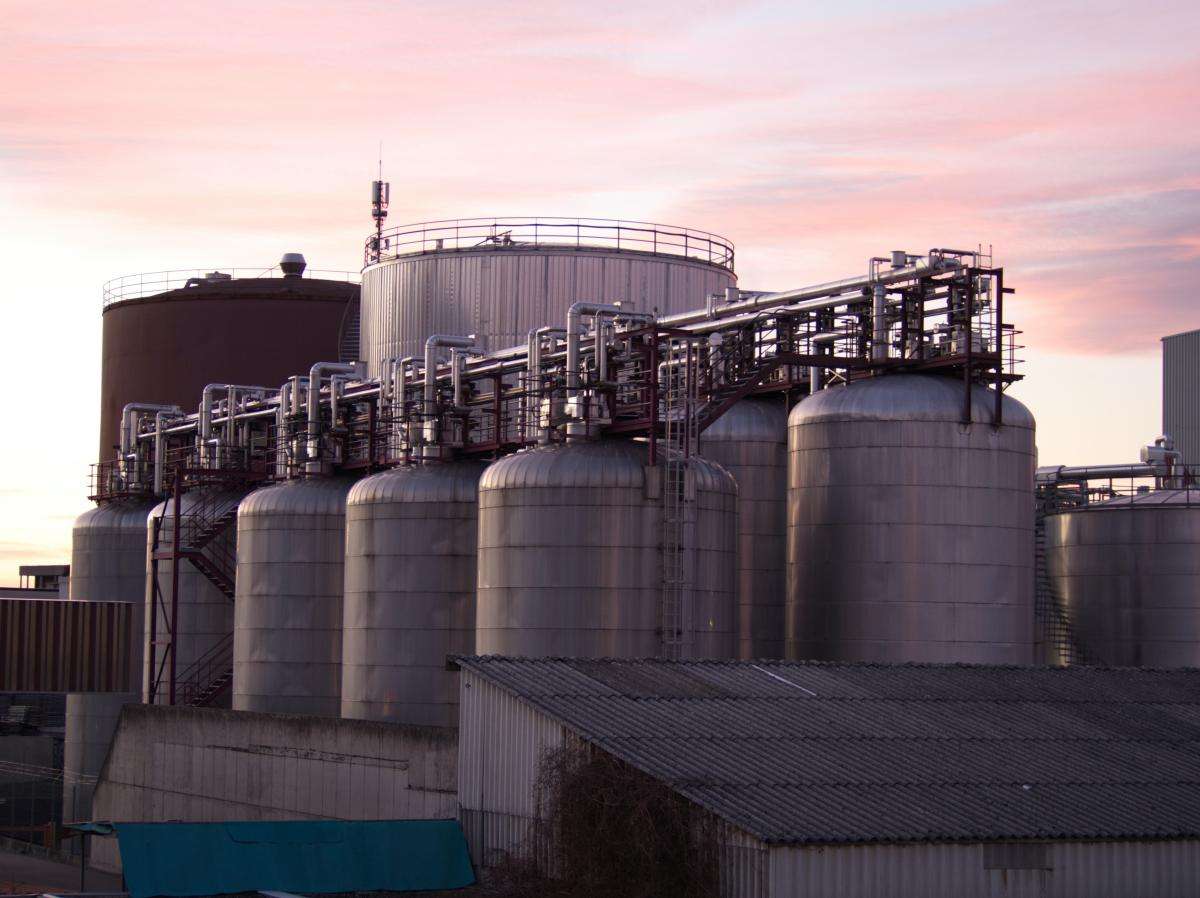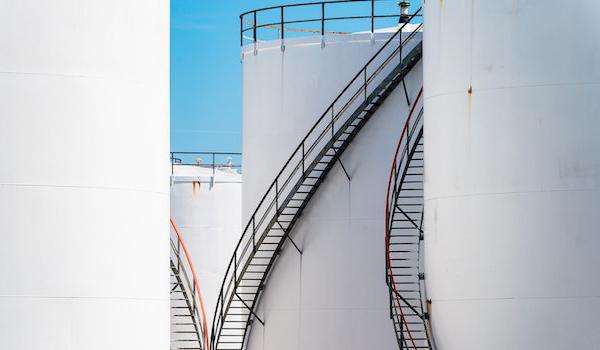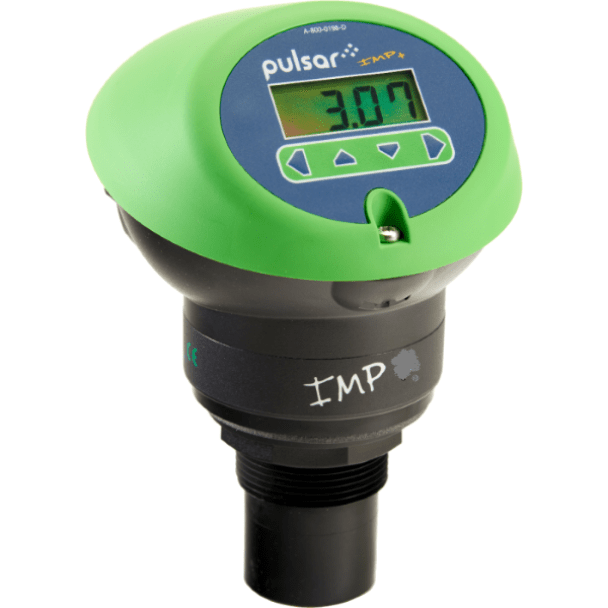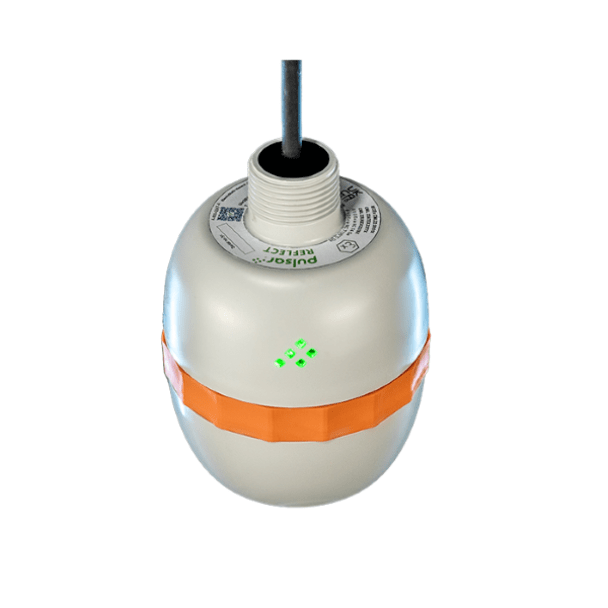Liquid Level Transmitters: Radar vs Ultrasonic
Finding a reliable and robust sensor to measure the liquid level within a tank can be tricky. Finding a suitable liquid level measurement sensor depends on the type of media being measured within the tank or vessel, such as water level, fuel level, oil level, or even waste product level.
In this article, we've compared Radar and Ultrasonic level sensors (also known as transmitters), both relatively safe methods for measuring water levels and fuel products, based on their working principle of "time of flight" to determine the level and see what is best suited for your level measurement application.
Ultrasonic Level Sensors
Ultrasonic level sensors transmit sound waves down into the vessel, which reflect from the surface of the liquid and back to the ultrasonic sensor.
The time taken for the transmitted signal to reach the surface of the liquid and travel back to the sensor determines the level within the tank or vessel.
Ultrasonic level sensors are most reliable when running within an environment with stable atmospheric conditions. This is important as sporadic atmospheric conditions, such as wind (if the vessel is in open air) and temperature can influence air molecules, which affect the soundwave's ability to produce a consistent measurement.
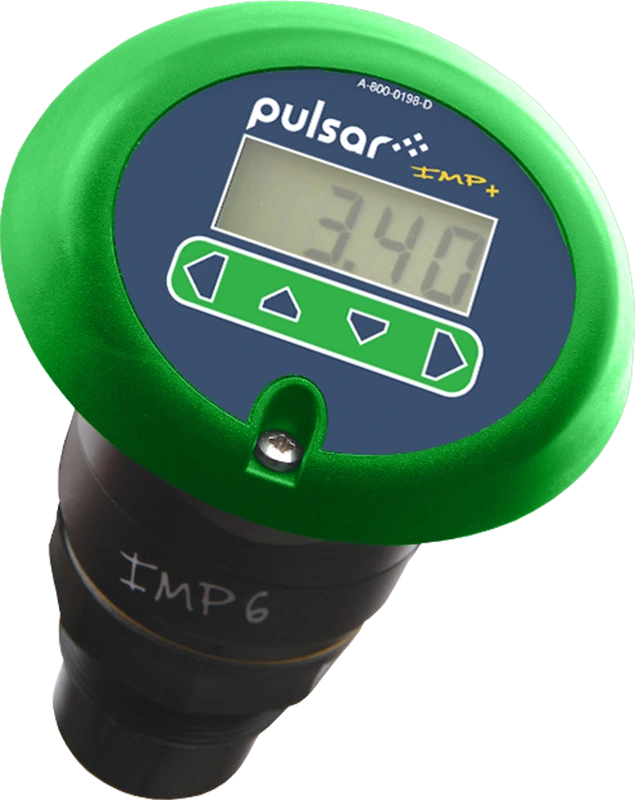
Radar Level Sensors
Radar level transmitters work similarly to ultrasonic sensors.
The difference is that they produce electromagnetic radio microwaves instead of sound waves.
Similarly, a signal is transmitted and reflected from the surface of the liquid back to the level meter, determining the level of the liquid stored in the vessel.
Radar sensors are not impacted by changes in atmospheric conditions in the same way ultrasonic level meters.
Also, the signal is less affected by turbulence on the liquid surface. Radar systems are also capable of differentiating between foam and the liquid's surface.
It should be noted that both Radar transmitter and Ultrasonic sensors have a “deadland” area directly in front of the sensor head, where liquid cannot be detected. This is usually within a few hundred millimetres, which can lead to inconsistent measurement or errors. However, radar often has a shorter deadland range than ultrasonic devices.
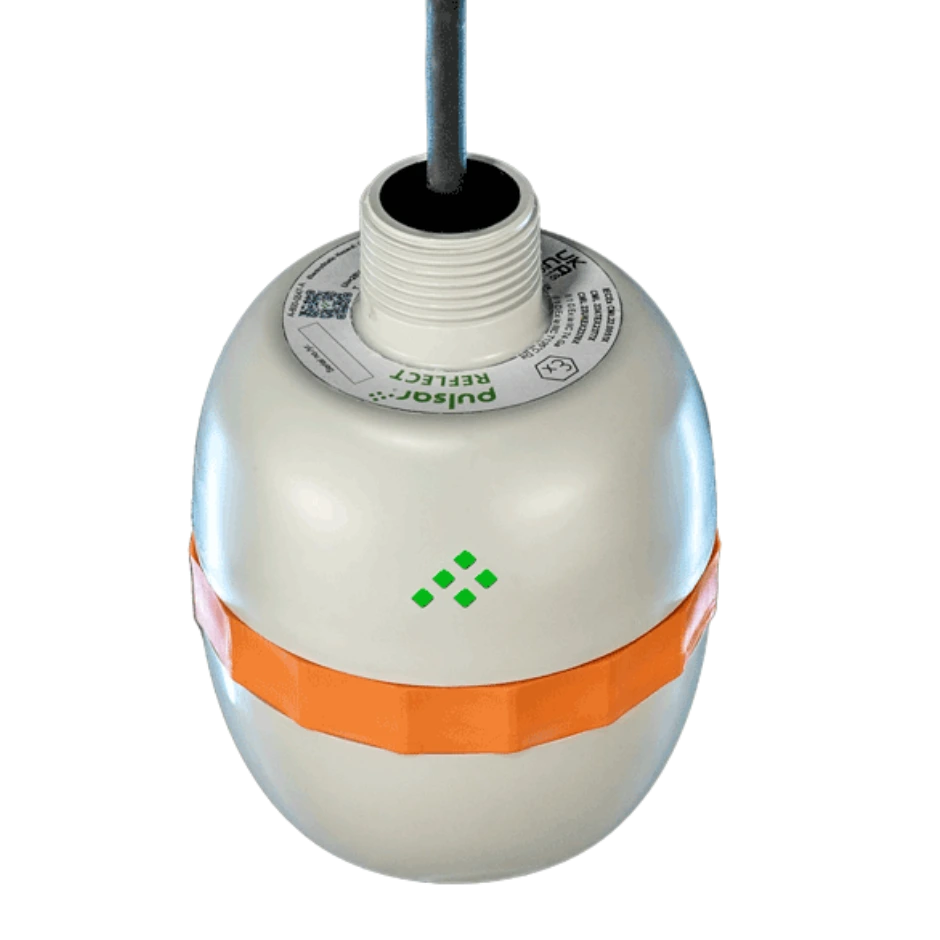
The most notable difference between Ultrasonic and Radar level sensors has been primarily price.
Radar has historically been a more expensive technology. It has often been said that radar level sensors are the expensive solution for all those difficult applications, where ultrasonic struggles to get a reliable result. However, it should be noted that Pulsar Measurement is bridging the technology gap, refining both ultrasonic and radar level transmitter technology and closing the price gap.
Don’t hesitate to contact ADM if you would like to discuss whether a radar or an ultrasonic solution is the better choice for your application.

